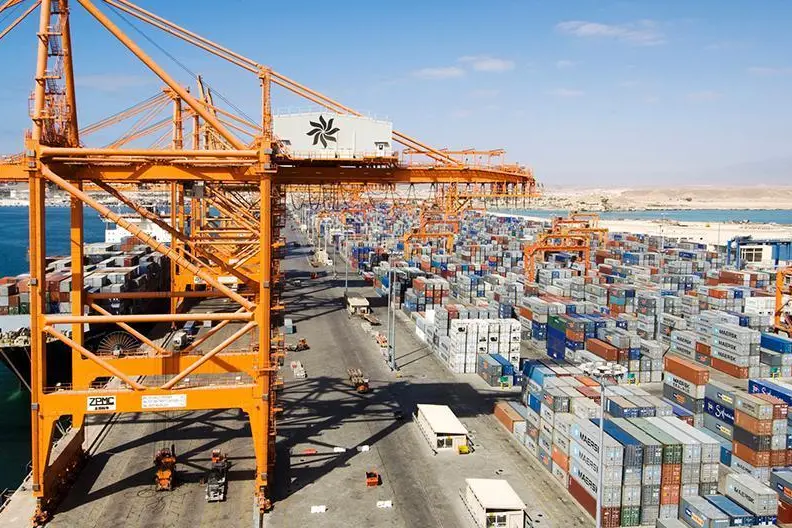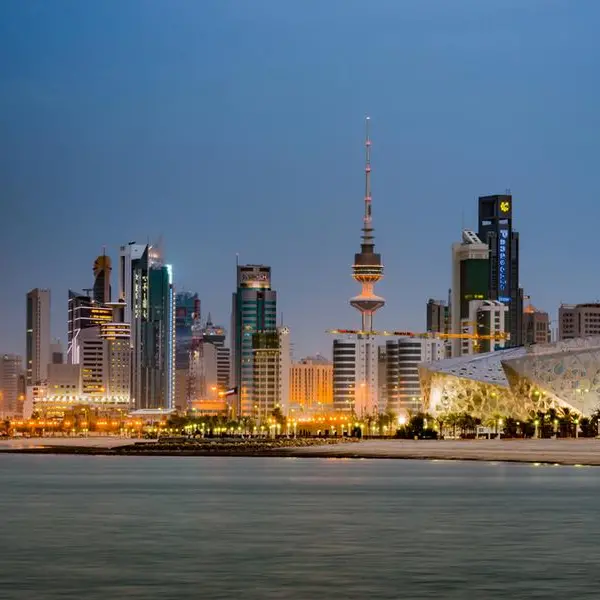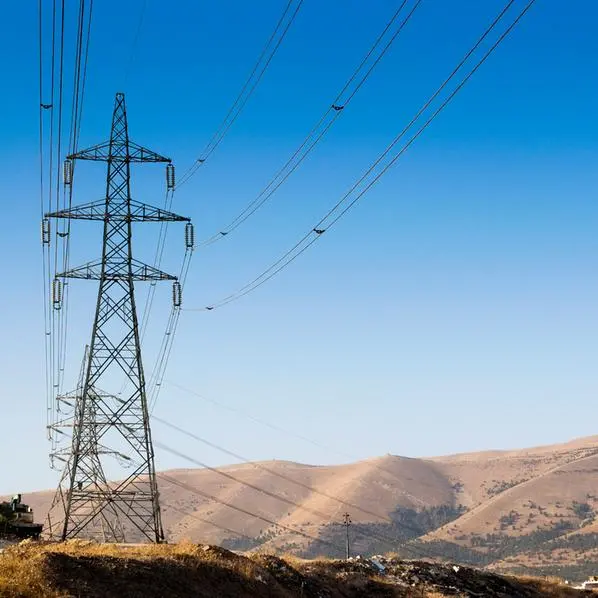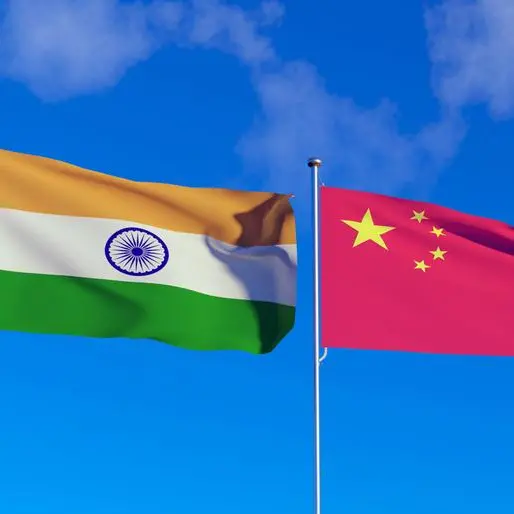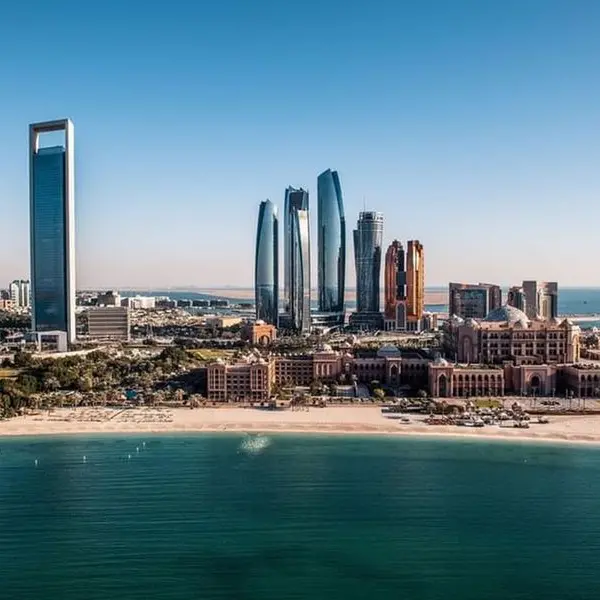PHOTO
Bilateral trade between the Sultanate of Oman and China surged, in value terms, to RO 32 billion in 2021, representing an increase of 71.5 per cent over the previous year. Chinese imports from Oman increased 18.5 per cent to 44.082 million tonnes in 2021, according to Li Lingping, Chinese Ambassador to the Sultanate of Oman.
Speaking to the Observer, Ambassdor Lingping noted that bilateral trade between the two countries constitute a pivotal component of their multi-faceted bilateral relationship.
“China has been a trading partner of the Sultanate of Oman for many years,” the Ambassador said. She added that the cooperation between the Sultanate of Oman and China has achieved fruitful achievements in the fields of politics, economy, trade, investment, humanities and others.
In 2022, trade exchange during the first seven months of the year totaled $20.5 billion in value, representing an increase of 40 per cent over the corresponding period of 2021.
China imported 21 million tonnes of Omani oil in 2021, which was up 41 per cent from the previous year. This volumes is projected to increase in trend with China's economic development, Ambassador Lingping noted.
“The Chinese Embassy is pushing forward and strengthening cooperation in various fields. It also encourages Chinese companies operating in the Sultanate to assume their social responsibility, participate in the economic and social construction of the Omani society, and contribute to the development of the Sultanate of Oman in the fields of digital economy and high technology,” she stated.
While oil dominates their bilateral relations, China has been slowly establishing itself in Oman’s non-oil sectors as well, in line with its Belt and Road Initiative (BRI), a project focused on infrastructure development and international cooperation to project Beijing’s influence globally.
The Oman-China Friendship Association has been working to strengthen cooperation ties and enhance their joint initiatives in various economic, social, cultural, scientific and sports arenas for the past decade. Since then, China has launched the China-Oman Industrial Park in the Duqm Special Economic Zone and expects to invest around 8.5 billion euros in the project.
Additionally, in 2019, the State Grid Corporation of China acquired a 49 per cent stake in Oman Electricity Transmission Company in the first major privatisation of its kind by the Sultanate.
Further, the Asian Infrastructure Investment Bank (AIIB) has become a vital source of funding for Oman’s projects; in 2016, the Bank approved a loan of $265 million for Oman’s maritime infrastructure at Duqm Port and $36 million (30.2 million euros) for the country’s first railway system.
In 2017, AIIB invested $239 million (200 million euros) in the national fibre broadband network and in March 2020, it provided $60 million (50.3 million EUR) of non-sovereign funding for Oman’s Ibri II 500MW Solar PV Independent Power Plant Project.
Likewise, the Ministry of Technology, Communications and Information Technology inked a partnership with Huawei to develop Oman’s digital society and support the ICT sector. As a result, China’s foreign direct investment (FDI) into Oman has risen more than five times between the second quarter of 2018 and 2019, from RO 95 million (208.5 million EUR) to RO 486.2 million (1.07 billion EUR) .
The deepening ties with China speaks volumes for Oman’s broader strategy to diversify its economy away from hydrocarbons by attracting foreign capital and expertise to non-oil sectors. The drive is guided by several five-year plans corresponding to the overarching goals of Vision 2040.
2022 © All right reserved for Oman Establishment for Press, Publication and Advertising (OEPPA) Provided by SyndiGate Media Inc. (Syndigate.info).
